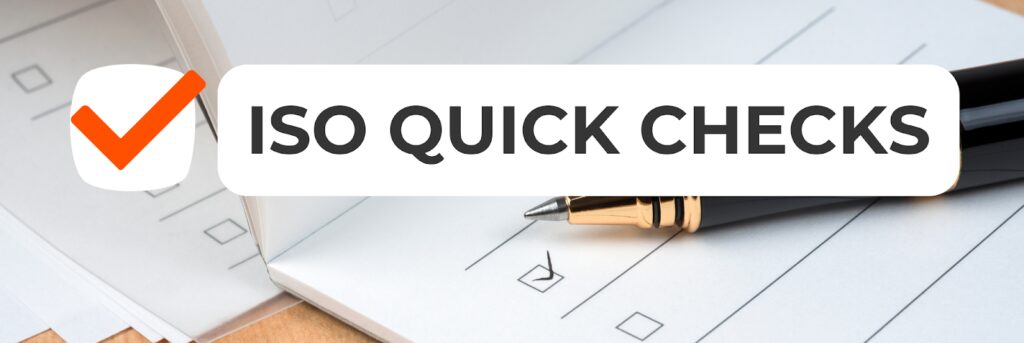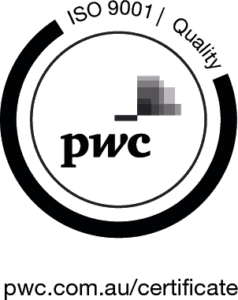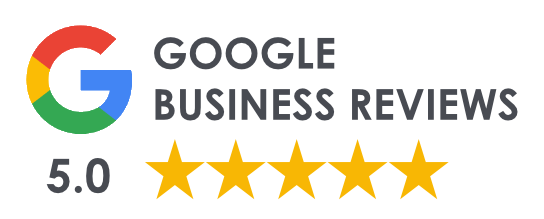Maximising Business Success: Understanding Risk Management and Risk Assessment
In the dynamic landscape of small and medium businesses (SMBs), ensuring sustainable growth is paramount. One of the most crucial components of business planning has consistently been the development of risk assessment and risk management processes. Amidst various challenges, the integration of risk assessment and risk management in daily operations emerges as a cornerstone for thriving in today’s competitive environment.
But what are risk assessments? And how can businesses ensure that they maintain robust risk management processes? By understanding the core elements of these procedures and how they correlate with ISO Management System Standards – and their benefits – your business can effectively establish and seamlessly incorporate risk assessment and management into its everyday operations.
Understanding Risk Management & Risk Assessments
In this article about understanding risk management & risk assessment, we’ll delve into:

1. What is Risk Assessment and Risk Management?
Risk assessment and risk management are integral components of strategic planning to safeguard businesses from potential hazards and uncertainties.
2. What are the benefits of Risk Assessment and Risk Management?
By integrating the core concepts of risk assessment and understanding risk management, you will be able to benefit from:
3. How can your business implement a Risk Management System?
To integrate a robust risk management system into your business operations, adherence to a structured approach is imperative. Safe Work Australia outlines the following four-step risk management process to streamline this task:
Step 1: Identify Risks
Identify potential risks and hazards across all facets of your business operations.
Step 2: Assess Risks
Evaluate the likelihood and impact of identified risks, prioritising them based on urgency and feasibility of control measures.
Step 3: Control Risks
Implement proactive measures to control and mitigate identified risks.
Step 4: Review Control Measures
Iteratively monitor and review the effectiveness of implemented control measures, identifying areas for improvement and refinement to adapt and update to evolving circumstances.
By adhering to this systematic framework, businesses can proactively manage risks and mitigate potential threats before they escalate into crises and cause a significant negative impact on the organisation.
Expert Tip:
Engaging an external expert consultant like ISO Certification Experts has a number of benefits when assessing and managing risks, such as:
4. The Synergy of ISO Management System Standards and Risk Management
The ISO 31000 Standard is an international standard dedicated to providing guidelines for implementing effective risk management within organisations. ISO 31000 is not a certifiable standard; it’s a comprehensive guideline for identifying, analysing, evaluating, treating and monitoring risks with the overarching objective of enhancing an organisation’s ability to achieve its business goals and improve decision-making.

The main ISO Management System standards, such as ISO 9001 for Quality, ISO 45001 for Occupational Health and Safety, ISO 14001 for Environmental, and ISO 27001 for Information Security, require that businesses take a risk-based approach when implementing their requirements, including implementing robust risk management processes.
For example, an organisation implementing ISO 27001:2022 for Information Security will need to demonstrate that the information security risks related to their organisation are sufficiently identified and assessed and that controls are in place for them.
Thus, by achieving Certification to an ISO Management System Standard, you’ll embed risk management principles into day-to-day business operations and decision-making processes. This may involve integrating risk assessments into project planning, budgeting, procurement, and strategic planning activities. Maintaining this Integrated Management System, is also an effective way to help train and educate employees on risk management practices, empowering them to identify and report potential risks in their respective areas of work.
________________
To sum up, the integration of risk assessment and understanding risk management is imperative for businesses seeking to navigate the complexities of the contemporary competitive landscape. By prioritising the health and safety of their workforce, protecting critical resources and information, and enhancing brand reputation, businesses can improve their resilience – and experience additional business growth benefits over the long term.
Conformance to ISO Management System Standards facilitates the seamless integration of risk management practices into organisational daily operations, creating a culture of continual improvement and operational excellence.
Let our team of experienced professionals help you implement an effective risk management framework as part of your ISO Management System Standard implementation. We have helped over 200 businesses achieve and maintain their Certification through a tailored approach to meet the needs of their individual business.
Call us now on 1300 614 007 or book your online FREE Strategy Session to solve any further questions about ISO and the Certification Process, or to discuss a tailored solution for your business.
About the author
Erica is the Managing Director of ISO Certification Experts and ICExperts Academy. She has been helping businesses with their ISO Certification needs for over 20 years. Erica is also a Certified trainer, implementer and auditor for the ISO 9001, ISO 14001, ISO 45001 and ISO 27001 standards. Erica primarily heads up the day-to-day operations of the businesses, and is also a current member of the Standards Australia Committees: QR-008 Quality Systems and ISO 9001 Quality Management Brand Integrity.
All information on this blog site is for informational purposes only. As this information is based on our professional experience, opinion, and knowledge, we make no representations as to the suitability of this information for your individual business circumstances. Especiality Pty Ltd trading as ISO Certification Experts and all related businesses and brands will not be liable for any errors, omissions, legal disputes or any damage arising from its display or use. All information is provided as is, with no warranties and confers no rights.
We will not be responsible for any material that is found at the end of links that we may post on this blog site. The advice, ideas, and strategies should never be used without first assessing your own personal business situation or seeking professional and/or legal advice. Information may also change from time to time to suit industry and business needs, requirements and trends.
















